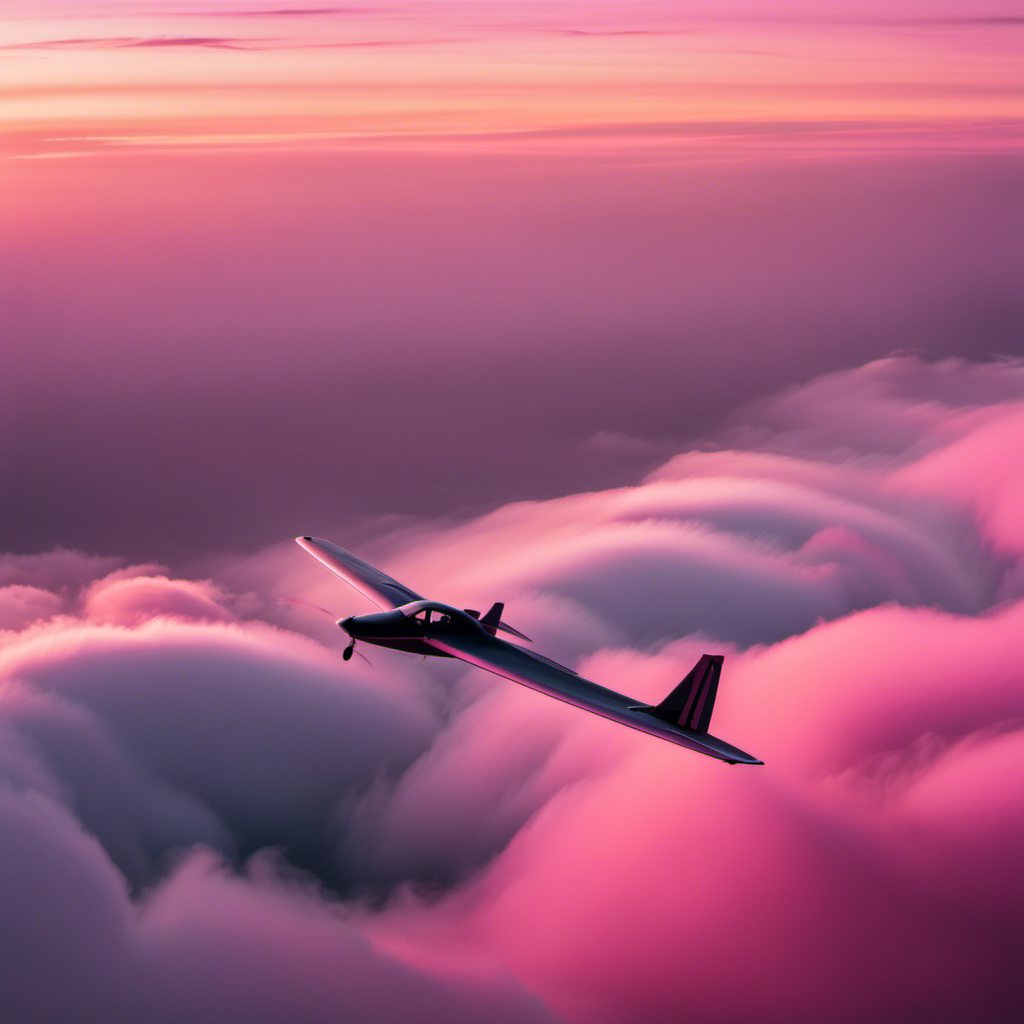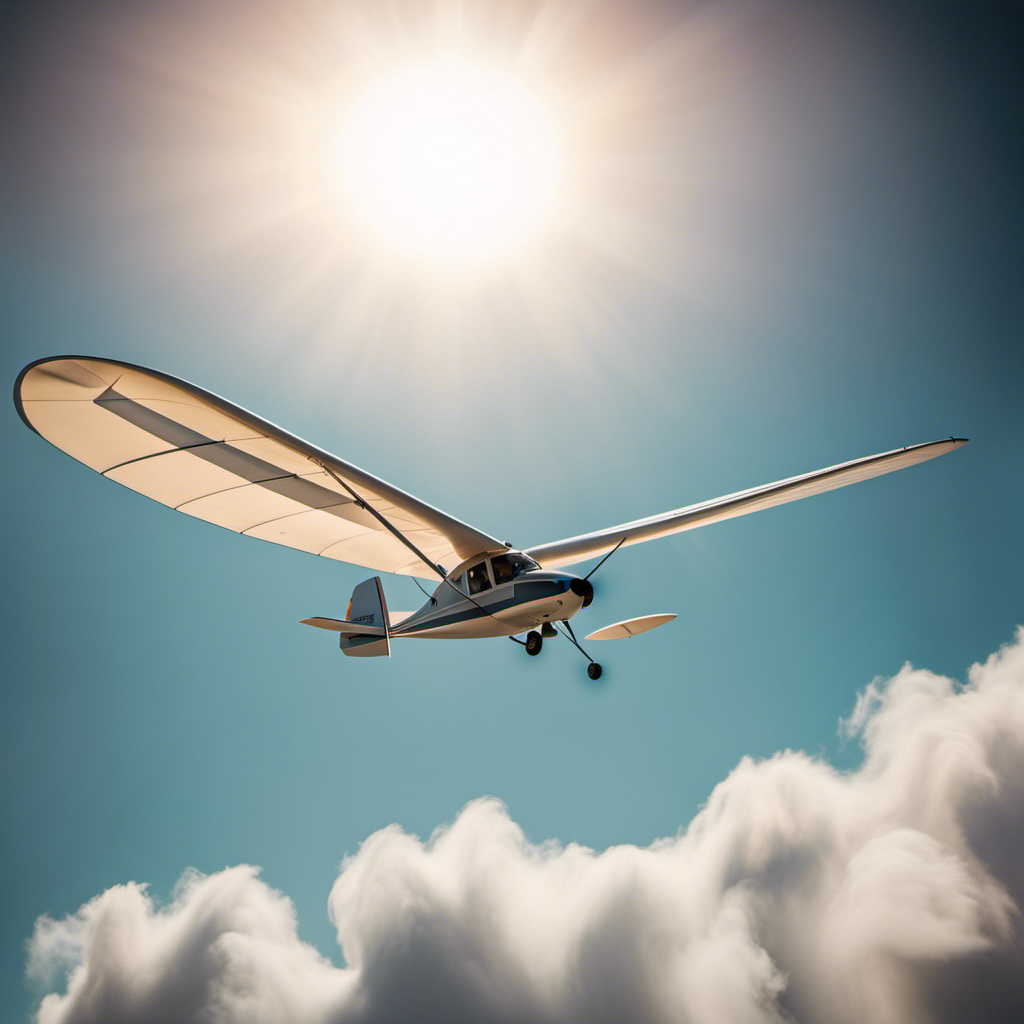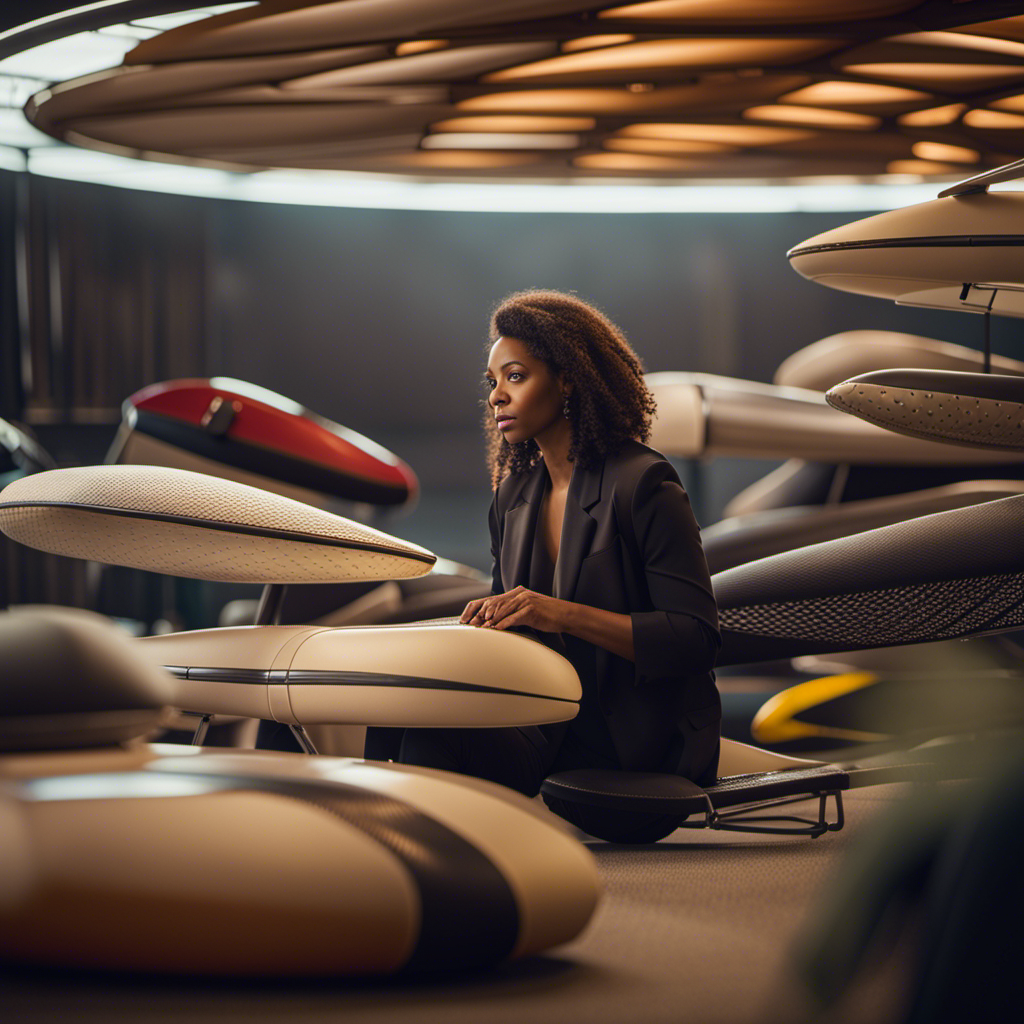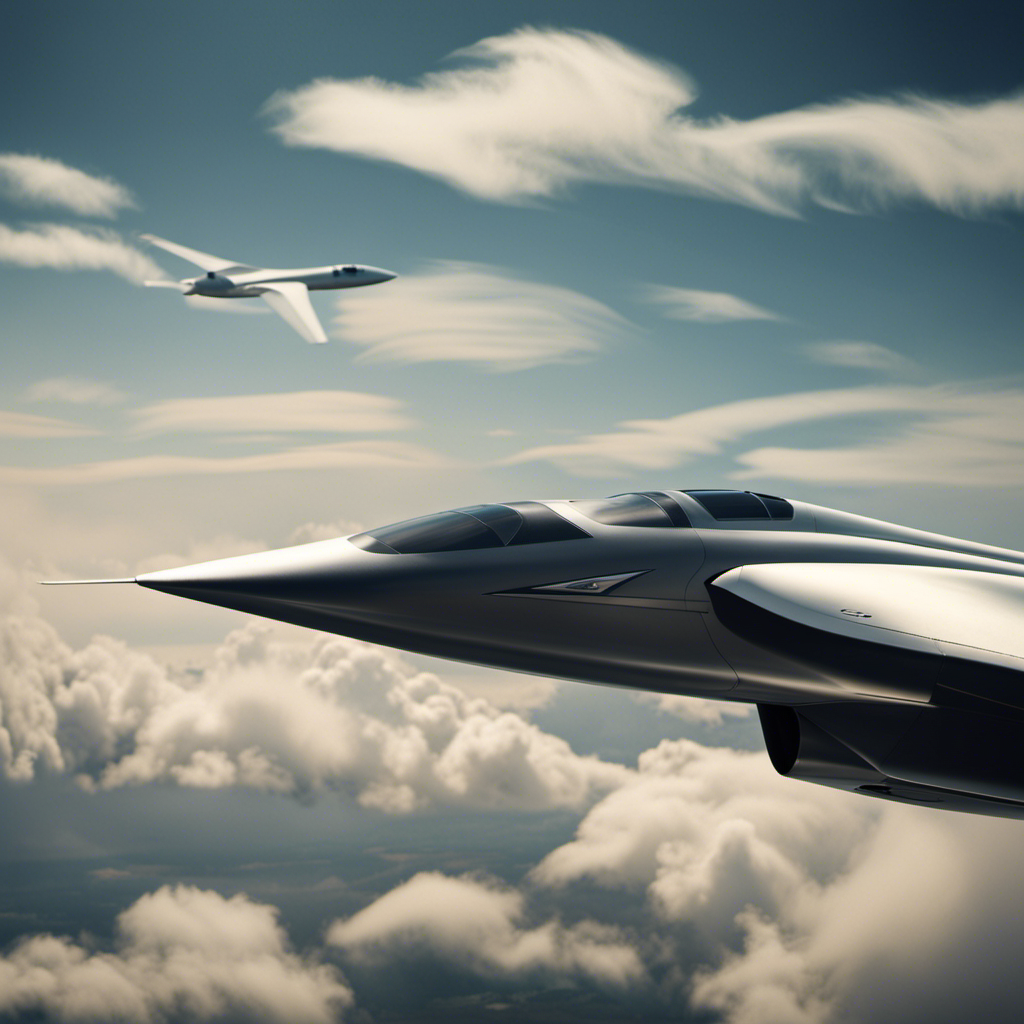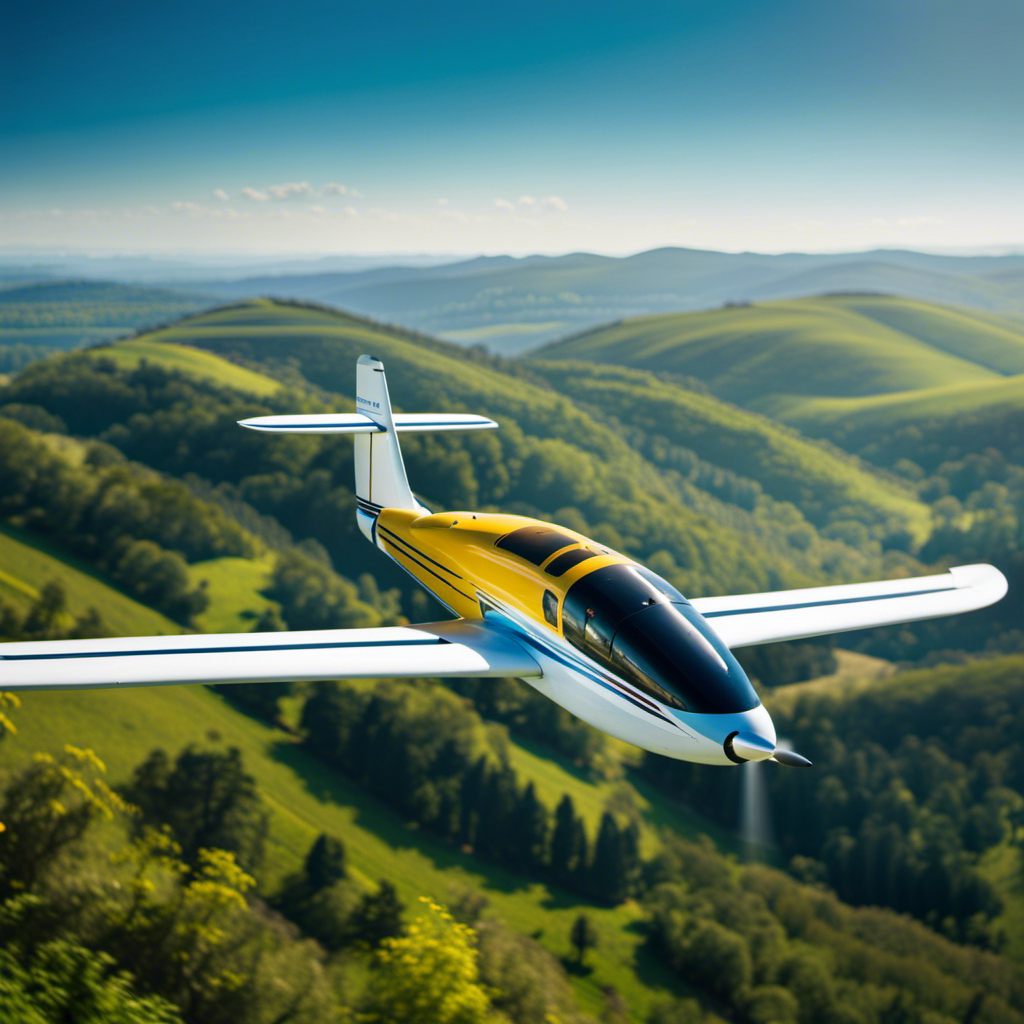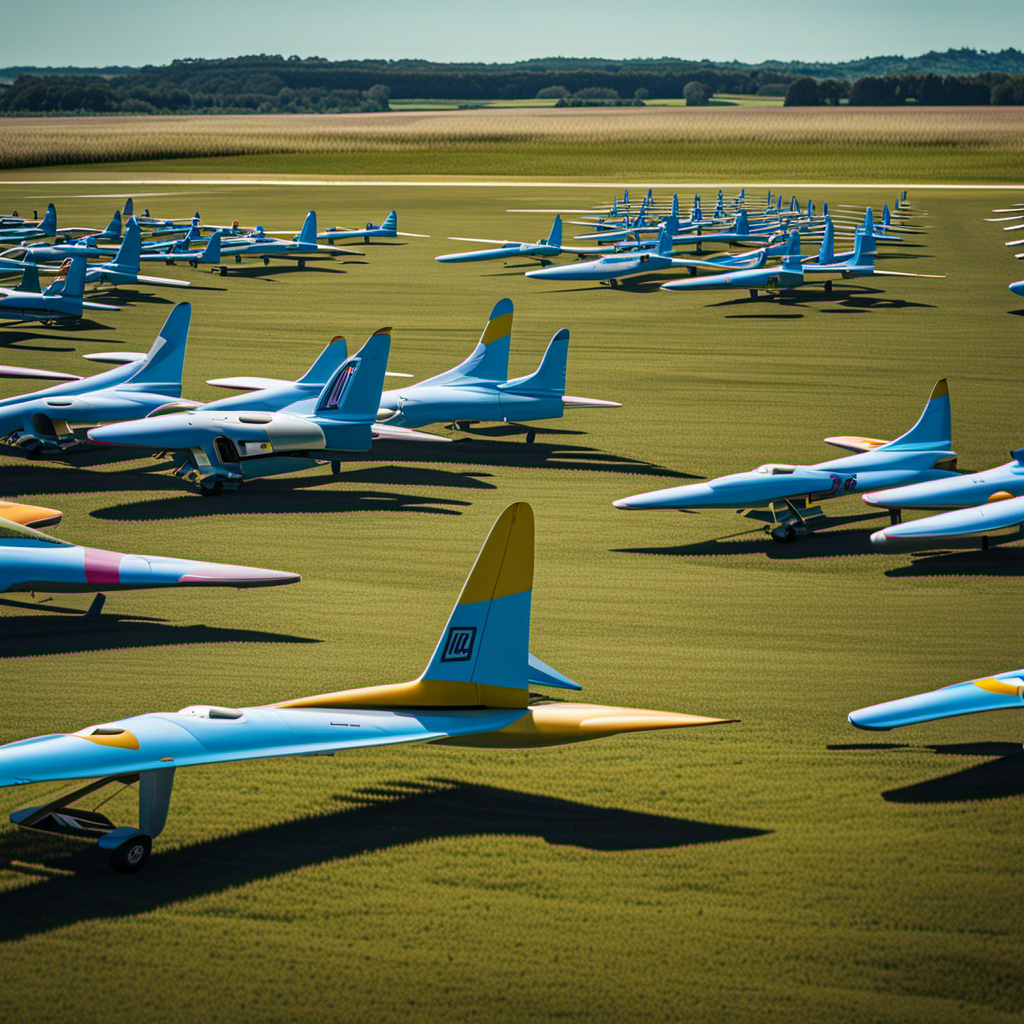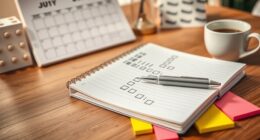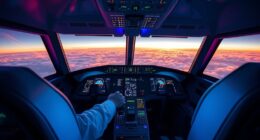As a seasoned glider pilot, I vividly recall the exhilarating moment of flying solo for the first time. Mastering the skill of glider piloting requires dedication, skill, and determination.
In this article, we will explore the question that every aspiring glider pilot asks: how long does it take to solo a glider? By understanding the basics of glider flying, enrolling in a training program, and building flight hours, you will be well on your way to achieving this milestone in no time.
Key Takeaways
- Proficiency in basic maneuvers and knowledge of aerodynamics and flight principles are essential requirements for solo flight.
- Gradual exposure and building confidence through consistent practice and feedback from instructors is important in the journey towards solo flight.
- Visualization exercises and mental preparation can help build confidence and reduce anxiety before solo flights.
- Consistent practice, seeking feedback, and continuously refining techniques are key in achieving solo flight and gaining proficiency in glider flying.
Understanding the Basics of Glider Flying
Understanding the basics of glider flying is essential before attempting to solo. To fly a glider, one must have a solid understanding of aerodynamics and the principles that govern flight. This knowledge allows the pilot to make informed decisions and adjustments while in the air.
Additionally, mastering control inputs is crucial for a successful flight. Pilots must learn how to manipulate the controls to achieve the desired movements and maneuvers. This requires practice and familiarity with the glider’s response to different inputs.
By understanding aerodynamics and mastering control inputs, a pilot can confidently navigate the skies in a glider.
Assessing prior experience and knowledge is the next crucial step in the process of learning to solo a glider.
Assessing Prior Experience and Knowledge
Assess your prior experience and knowledge to determine if you’re ready to fly a glider on your own. Before taking the leap, it’s important to evaluate your skill level and ensure you have the necessary background to handle the challenges of solo glider flying.
Here are some key factors to consider:
-
Previous flight experience: Have you flown other aircraft before? Familiarity with basic flying principles can help ease the transition to glider flying.
-
Knowledge of aerodynamics: Understanding the principles of lift, drag, and stall is crucial for safe glider operation.
-
Weather awareness: Do you have a good grasp of meteorology and how it affects glider flights? Unpredictable weather conditions can pose significant challenges.
-
Decision-making skills: Can you make quick and sound decisions under pressure? Split-second choices may be necessary during solo flights.
-
Physical fitness: Glider flying requires physical exertion, as you will be manipulating controls and managing the aircraft without the aid of an engine.
Considering these factors will help you determine if you possess the necessary skills and knowledge to safely fly a glider on your own.
If you are ready to take the next step, enrolling in a glider training program will provide you with the guidance and instruction needed to further develop your skills.
Enrolling in a Glider Training Program
To get started, find a reputable glider training program near you that offers comprehensive instruction and hands-on experience. The enrolling process typically involves filling out an application, providing proof of age and medical fitness, and paying the required fees.
Before committing to a program, it’s important to do a cost analysis to determine if it fits within your budget. Consider factors such as tuition, materials, equipment rental, and any additional fees for exams or certifications.
A good glider training program will provide you with the knowledge and skills necessary to safely operate a glider on your own. It will include classroom instruction, flight simulations, and actual flight time with an instructor.
Building Flight Hours and Gaining Experience
You can start building flight hours and gaining experience by participating in gliding competitions and joining gliding clubs. Here are some ways to enhance your skills and knowledge in the gliding world:
- Engage in cross-country flights that challenge your navigation and decision-making abilities.
- Take part in aerobatic training to improve your precision and control in the air.
- Join a glider maintenance team to learn about the inner workings of the aircraft.
- Volunteer as a glider instructor, passing on your knowledge and helping others develop their flying skills.
These experiences will not only help you accumulate flight hours but also expose you to different scenarios and challenges. They will build your confidence and expand your understanding of gliding.
As you gain more experience, you will be better prepared to develop essential skills and techniques in the next section.
Developing Essential Skills and Techniques
As you gain more experience, your skills and techniques will naturally improve. Developing effective communication and mastering emergency procedures are crucial aspects of becoming a skilled glider pilot.
Effective communication is essential for maintaining clear and concise communication with air traffic controllers, fellow pilots, and ground crew. It involves using proper radio phraseology, understanding and following instructions, and effectively conveying important information.
Additionally, mastering emergency procedures is vital for handling unexpected situations during flight. This includes practicing emergency landings, dealing with equipment failures, and responding to weather changes.
By continuously honing these skills and techniques, you will become a more confident and competent pilot.
Transitioning into the subsequent section about progressing through solo flight training, I will share my experiences and insights on the next phase of training.
Progressing through Solo Flight Training
Once you have gained enough experience and honed your skills, progressing through solo flight training becomes an exciting and rewarding milestone on your journey to becoming a glider pilot.
As you continue to build your flight hours and master the fundamental techniques of gliding, you will gradually transition from flying with an instructor to flying solo.
During this phase, you will focus on refining your skills and applying the progressing techniques you have learned. This is a crucial step in your training as it allows you to gain confidence and independence in the cockpit.
As you accumulate more flight hours and demonstrate proficiency in various maneuvers, you will soon meet the requirements for solo flight.
At this point, you will be ready to take to the skies on your own, marking a significant achievement in your glider pilot training.
Meeting the Requirements for Solo Flight
Meeting the requirements for solo flight involves demonstrating proficiency in various maneuvers and accumulating enough flight hours. During solo flight training, students must master essential skills such as pre-flight inspections, takeoffs, landings, and emergency procedures. Additionally, they must acquire a deep understanding of aerodynamics, weather patterns, and navigation techniques. The table below provides a snapshot of the specific requirements for solo flight training:
| Maneuver | Minimum Requirements |
|---|---|
| Pre-flight Inspection | Complete and thorough inspection of the aircraft |
| Takeoffs and Landings | Successful execution of a specified number of takeoffs and landings |
| Emergency Procedures | Proficient handling of simulated emergency scenarios |
| Aerodynamics | Comprehensive knowledge of aircraft performance and limitations |
| Navigation Techniques | Demonstrated ability to navigate using charts, landmarks, and instruments |
Once these requirements are met, students can progress to completing pre-solo checkrides and evaluations, where their skills and knowledge will be further assessed without the presence of an instructor. This transition is a crucial step towards achieving solo flight proficiency and independence.
Completing Pre-solo Checkrides and Evaluations
Students who have met the requirements for solo flight must complete pre-solo checkrides and evaluations to assess their skills and knowledge without an instructor present. These evaluations serve as a way to evaluate flight readiness and ensure that students are prepared to fly solo.
The purpose of these checkrides is to identify any areas where improvement may be needed and to address any concerns or pre-solo jitters that students may have. It is normal to feel nervous before flying solo for the first time, but these evaluations help students overcome those anxieties by providing them with the opportunity to demonstrate their proficiency and knowledge.
Gaining Confidence and Proficiency
To gain confidence and proficiency, you’ll need to practice consistently and receive feedback from your instructor.
Gaining confidence in flying a glider can be challenging, but with determination and the right support, you can overcome your fears.
Here are a couple of things that can help you in this process:
-
Gradual exposure: Start by practicing basic maneuvers in a controlled environment. As you become more comfortable, gradually increase the complexity of your flights.
-
Visualization exercises: Visualize yourself successfully completing maneuvers and overcoming challenges. This can help build confidence and reduce anxiety.
By consistently practicing and receiving feedback, you’ll start to gain confidence in your abilities and overcome any fears you may have.
With time and effort, you’ll be well on your way to achieving the milestone of soloing a glider.
Achieving the Milestone of Soloing a Glider
Achieving the milestone of flying a glider solo is an incredible accomplishment that showcases your progress and skill. It is a moment that every glider pilot dreams about and works towards.
The journey towards soloing a glider is filled with challenges and obstacles that must be overcome. From learning the basics of flight to mastering advanced maneuvers, each step is a milestone in itself.
As you progress through your training, you will face challenges such as understanding aerodynamics, perfecting landings, and making split-second decisions in the air. However, with dedication, practice, and the guidance of experienced instructors, you can overcome these challenges and reach the ultimate goal of soloing a glider.
It is a moment that brings a great sense of accomplishment and opens the door to further achievements in the world of gliding.
Frequently Asked Questions
What are the physical requirements to solo a glider?
To solo a glider, you need to meet certain physical requirements. Physical fitness is essential for safely operating a glider. Prior to soloing, you must undergo pre solo training to ensure you are prepared for the responsibilities of flying solo.
How much does it typically cost to complete a glider training program?
Completing a glider training program typically costs around $4,000 to $6,000. The duration of the program varies, but it usually takes several months to acquire the necessary skills and knowledge.
Are there any age restrictions for soloing a glider?
Age restrictions for soloing a glider depend on the country’s aviation regulations. Safety precautions are essential, including adequate training, passing a medical exam, and meeting the minimum age requirement, usually around 14-16 years old.
Can someone with a fear of heights still learn to fly a glider?
Overcoming fears is possible when learning to fly a glider. Mental preparation and gradual exposure can help. As an experienced pilot, I understand the techniques and mindset needed to conquer fear and enjoy the thrill of soaring.
Are there any specific medical requirements to solo a glider?
To solo a glider, there are specific medical requirements and physical requirements that need to be met. These requirements ensure that the pilot is fit to fly safely and handle the demands of flying a glider.
Conclusion
In conclusion, soloing a glider is an exhilarating milestone that requires dedication, skill, and time. By enrolling in a glider training program and building flight hours, one can develop the necessary skills and techniques needed for solo flight.
Completing pre-solo checkrides and evaluations helps ensure readiness and builds confidence. Gaining proficiency and achieving the milestone of soloing a glider is an accomplishment that typically takes around 20-30 flight hours, although this can vary depending on the individual’s aptitude and learning curve.
It is important to remember that safety should always be the top priority, and continuous learning and practice are key to becoming a proficient glider pilot.
